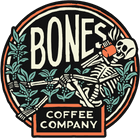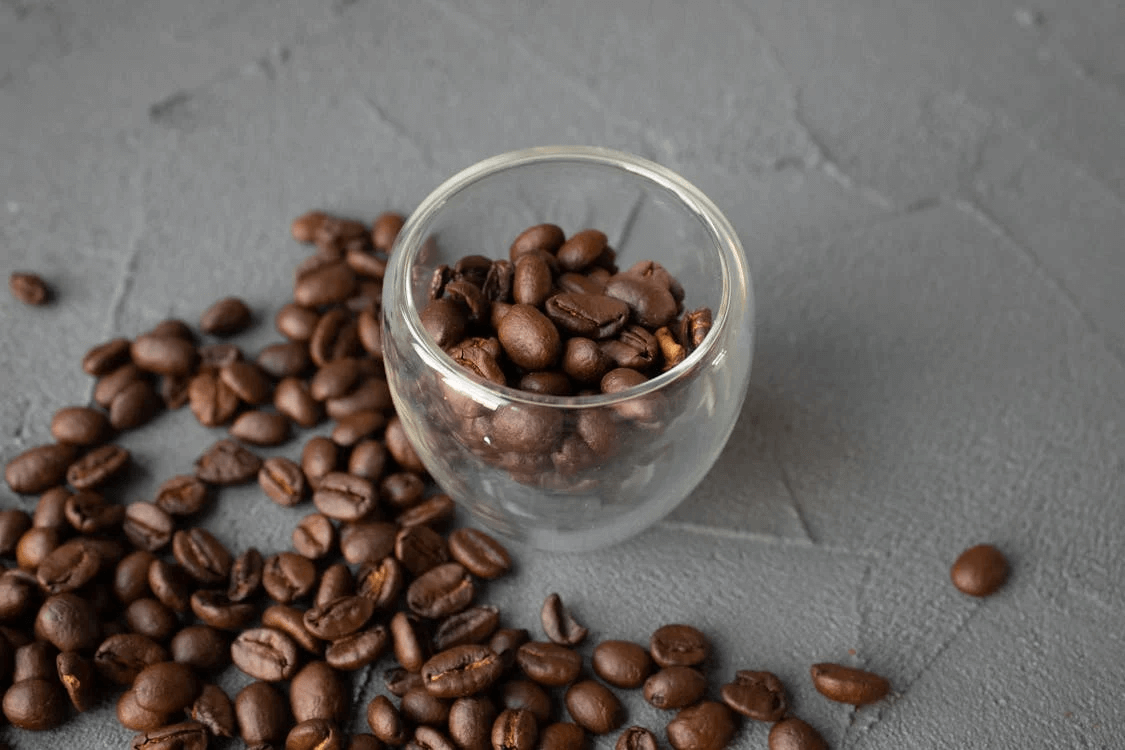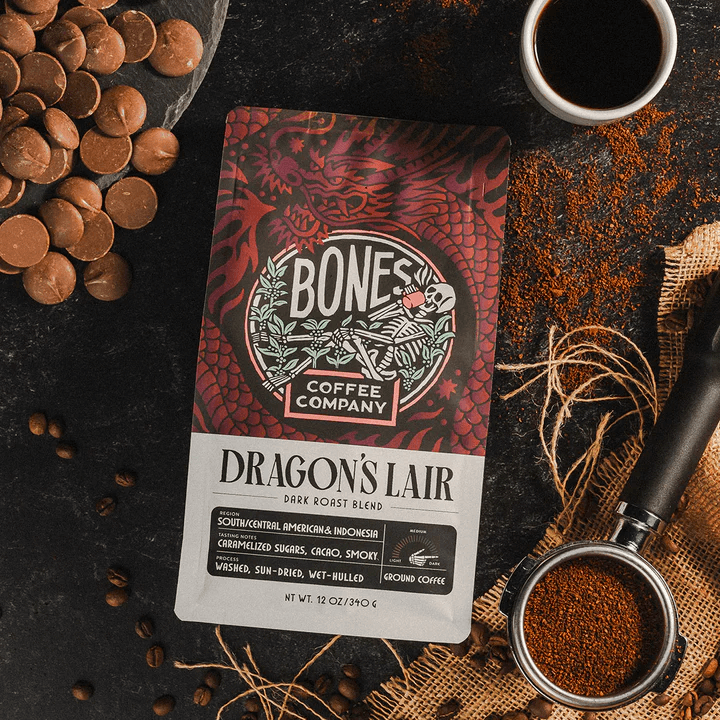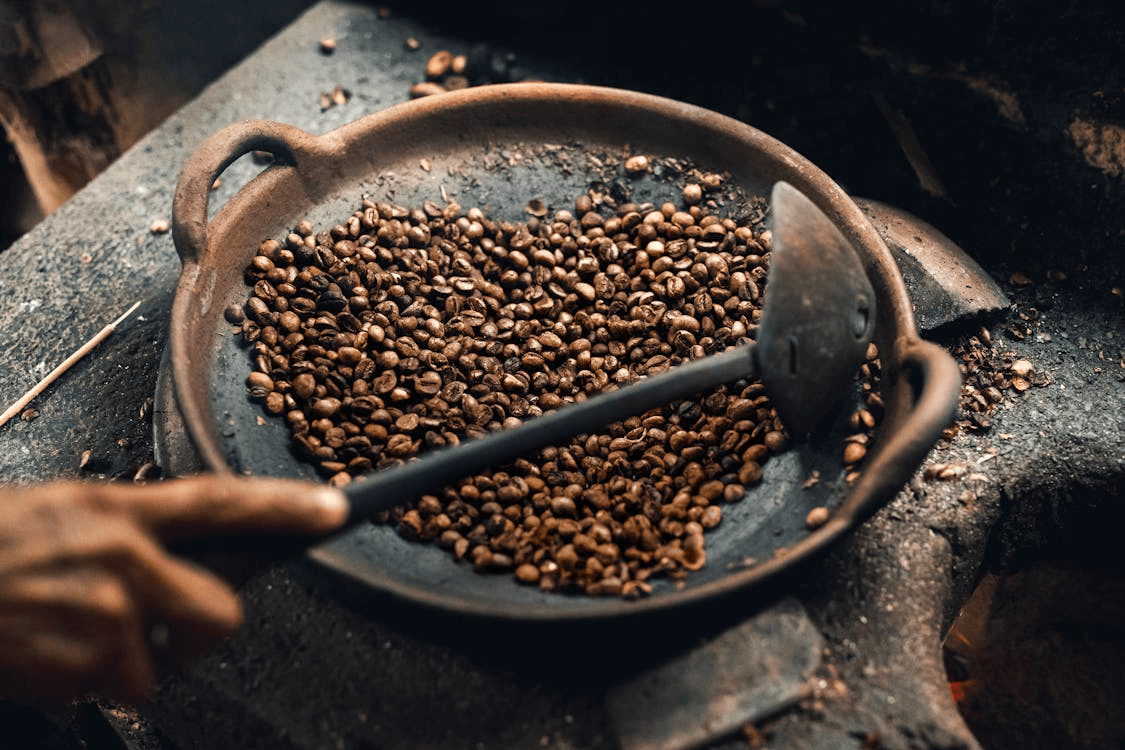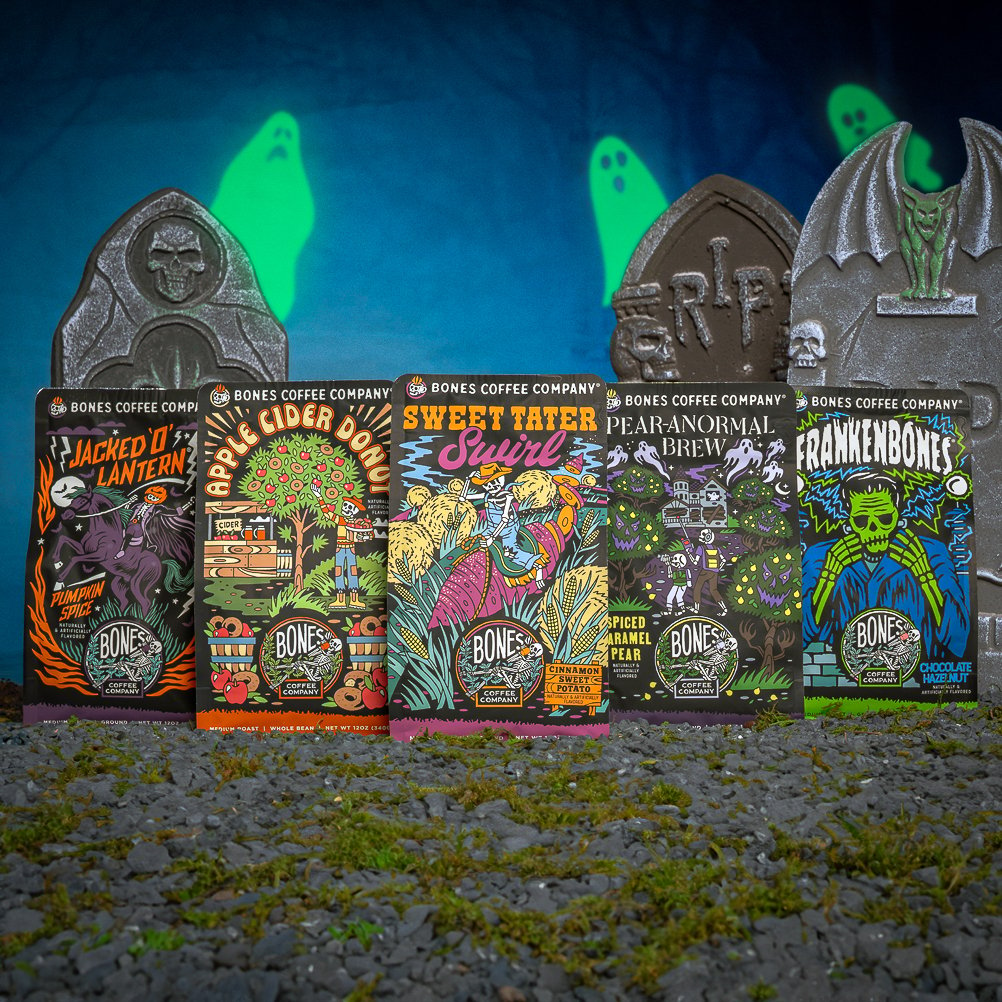Welcome to the ultimate showdown between light roast vs dark roast coffee!
Whether you’re a seasoned coffee connoisseur or just starting your journey into light roast coffees and dark-roasted beans, this guide will help you navigate the delicious differences between these popular roasts.
Dive into the nuances of coffee roast levels, coffee flavor, aroma, and brewing techniques that will elevate your coffee experience.
The Roasting Process
The journey of a coffee bean from its humble beginnings to your cup is magical! Let’s dive into the coffee roasting process that transforms these beans into the aromatic delights we know and love.
Light Roast Coffee Beans
Like the delicate flowers of the coffee world, light roasted beans undergo a shorter roasting period, which preserves their unique, origin-specific flavors.
Here’s a quick rundown of the process:
Initial Heating: The beans are heated to around 350°F to 400°F. This stage is all about drying them out and preparing them for the magic to come.
First Crack: At around 385°F, the beans reach the “first crack,” a popping sound that indicates the beans are expanding and releasing steam. This is where lighter roasts are typically pulled from the roaster.
Cooling: The beans are quickly cooled to halt roasting, preserving their bright, acidic flavors and complex aromas.
Dark Roast Coffee Beans
Dark roast coffee beans, on the other hand, are the bold, adventurous types. They undergo a longer roasting process, which brings out deeper, more robust flavors typical of dark roast beans.
Here’s how it goes:
Extended Heating: The beans are heated to higher temperatures, typically between 430°F and 450°F. This extended heating period allows the beans to develop their rich, dark coffee color.
Second Crack: At around 435°F, the beans hit the “second crack,” a more subtle popping sound that indicates the beans are breaking down further, releasing oils and creating a smoky flavor profile characteristic of a French roast or espresso roast.
Cooling: Like with light roast, the beans are quickly cooled, but this time to lock in those intense, bold flavors.
So, whether you’re a fan of bright and zesty light roast coffee or the deep and smoky flavors of dark roast coffee, understanding the roasting process can help you appreciate the nuanced flavors in your cup.
Flavor Profiles of Light Roast vs Dark Roast Coffee
When it comes to flavor profiles, the differences between light and dark roast coffees are as distinct as night and day. Coffee enthusiasts often gravitate towards one another based on their unique taste preferences.
Let's dive into the delightful world of coffee flavors and see what each roast offers.
Light Roast Coffee
Celebrated for its bright and vibrant flavors, the roasting process for a light roast coffee is shorter, which means the beans retain much of their original character.
Here's what you can expect:
Fruity Notes: Light roast coffees often have a pronounced fruity flavor, with hints of berries, citrus, or tropical fruits.
Floral Aromas: You might catch a whiff of floral scents like jasmine or rose, adding a delicate complexity to your cup.
Acidity: Light roasts are known for their higher acidity, which gives the coffee a lively and crisp taste.
Sweetness: Expect a natural sweetness reminiscent of honey or caramel that balances the acidity beautifully.
Dark Roast Coffee
Dark roast coffee, on the other hand, offers an entirely different experience. The longer roasting process of dark roasts brings out deeper, more robust flavors.
Here's what you'll find:
Chocolatey Undertones: Dark roasts often have rich, chocolatey flavors, ranging from milk chocolate to dark cocoa.
Smoky and Spicy Notes: You might detect smoky, toasty, or spicy elements, adding a bold character to the coffee.
Bitterness: The extended roasting process can introduce a pleasant bitterness akin to the taste of dark chocolate or roasted nuts.
Full-Bodied: Dark roasts tend to have a heavier, fuller body, providing a satisfying mouthfeel.
There’s a world of coffee to explore, whether you’re indulging in rich light roasts or going after that full drip coffee experience with dark roast coffees. Each roast offers a unique tasting experience that can be further enhanced by your chosen brewing method.
So, grab your favorite mug and embark on a flavorful journey!
Coffee Myth: According to legend, coffee was discovered by an Ethiopian goat herder named Kaldi in the 9th century. He noticed his goats became energetic after eating the red berries from a certain tree, which led to the discovery of coffee beans. Of course, this myth has no historical evidence supporting it. |
Loved the coffee. I won a pound of coffee in a silent auction that had been brought back from Ethiopia and donated. I loved it and have been trying to find that flavor again. This is the closest I've found - great coffee! The price was very reasonable and delivery was prompt.
- Bob C.
Differences in Caffeine Content
Which packs more of that beloved caffeine punch between light and dark roasts? If you're a coffee enthusiast, you might have heard conflicting opinions. Let's clear up the confusion.
First, it's essential to understand that roasting affects caffeine content, but not how you might think. Here's a quick breakdown:
Light Roast: These beans are roasted for a shorter time, preserving more of their original characteristics, including a slightly higher density.
Dark Roast: These beans undergo a longer roasting process, which breaks down some of their density but doesn't significantly reduce caffeine content.
Does this mean light roasts have more caffeine? Not necessarily. The difference is minimal. Light roasts can have slightly more caffeine when measured by volume, but when measured by weight, the caffeine content is nearly identical across light and dark roasts.
To make it clearer, let's look at a quick comparison:
Measurement Method | Light Roast | Dark Roast |
By Volume (e.g., 1 cup of beans) | Slightly More Caffeine | Slightly Less Caffeine |
By Weight (e.g., 100 grams of beans) | Nearly Identical | Nearly Identical |
But wait, there's more! The type of coffee bean also plays a role. Regardless of the roast level, Arabica beans generally have less caffeine than Robusta beans. So, consider the bean type if you want a caffeine boost.
Have you ever wondered why light roast morning brews feel like a gentle wake-up call while dark roast coffees feel like a bold kickstart? How might the brewing method affect caffeine extraction? Spoiler: it does!
Whether you prefer the nuanced flavors of a light-roasted coffee or the robust, smoky notes of dark roast coffees, rest assured that light and dark roasts will give you that much-needed caffeine fix.
Choosing Between Light vs Dark Roast Coffee
Choosing between light and dark roast coffee can be an exciting journey for your taste buds. Here are some key factors to consider to help you make the best choice:
Flavor Adventure
Light Roast: Expect a vibrant, fruity, and floral experience. Light roasts often highlight the unique characteristics of the coffee's origin, offering a complex and nuanced flavor profile.
Dark Roast: Prepare for a bold, rich, smoky flavor. Dark roasts tend to have a more uniform taste, often described as chocolatey, nutty, or slightly burnt.
Aroma Exploration
Light Roast: The aroma is often bright and fragrant, with hints of citrus, berries, or even jasmine.
Dark Roast: The aroma is intense, with notes of caramel, toasted nuts, and dark chocolate.
Body and Mouthfeel
Light Roast: Generally has a lighter body, offering a clean and crisp mouthfeel.
Dark Roast: Typically has a fuller body, providing a heavier and more robust mouthfeel.
Acidity Levels
Light Roast: Higher acidity, which can be refreshing and lively.
Dark Roast: Lower acidity, resulting in a smoother and more mellow taste.
Personal Preferences
Morning Brew: A light roast might be your go-to if you prefer a bright and energizing start to your day.
Evening Sip: Darker roasts are the perfect choice for a comforting and relaxing cup in the evening.
Coffee Pairings
Light Roast: Pairs well with lighter foods like fruit, yogurt, and pastries.
Dark Roast: Complements richer foods such as chocolate, cheese, and hearty breakfasts.
Don't be afraid to mix things up! Try different roasts from various regions and experiment with different brewing methods. You might discover a new favorite that you never expected.
Considering these factors, you can embark on a flavorful journey to find the perfect roast that suits your taste and brewing style.
The Rise of Iced Coffee: During Prohibition, people gathered more in coffee houses instead of bars and speakeasies. These coffee houses started to market iced coffee. However, it wasn't until the 1990s that large chains like Dunkin Donuts and Starbucks started promoting it, and iced coffee became a hit. |
Why Origin Matters
While the roasting process plays a significant role in the final flavor, the origin of the beans contributes unique characteristics that can be accentuated or subdued depending on the roast level. For instance:
Terroir
The climate, soil, and altitude where the coffee is grown impact its flavor. Ethiopian beans grown at high altitudes develop complex, fruity notes best showcased in a light roast.
Processing Method
How the beans are processed (washed, natural, honey) also affects their flavor. Washed Ethiopian beans, for example, have a cleaner, brighter taste that pairs well with a light roast.
The beauty of coffee lies in its diversity. Experiment with beans from different regions and roast levels to find your perfect cup.
Whether you're a fan of the bright, floral notes of a light-roasted Ethiopian or a dark-roasted Sumatran's bold, spicy kick, a world of flavors awaits exploring.
Exploring Light and Dark Roast Coffees
Understanding the nuances of roasting coffee can elevate your brewing game in the quest for the perfect cup. Whether you crave the bright, fruity notes of a light roast or the bold, smoky flavors of a dark roast, there's a world of unique light and dark roast experiences waiting to be explored.
So grab your favorite beans, experiment with different brewing methods, and savor the journey to coffee perfection!
